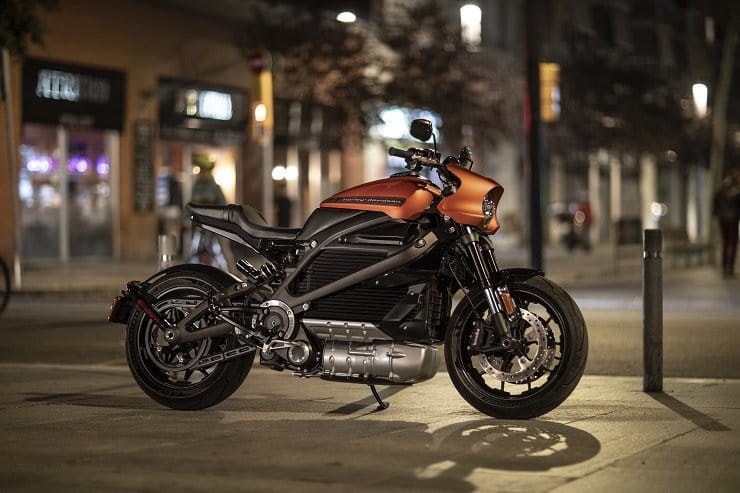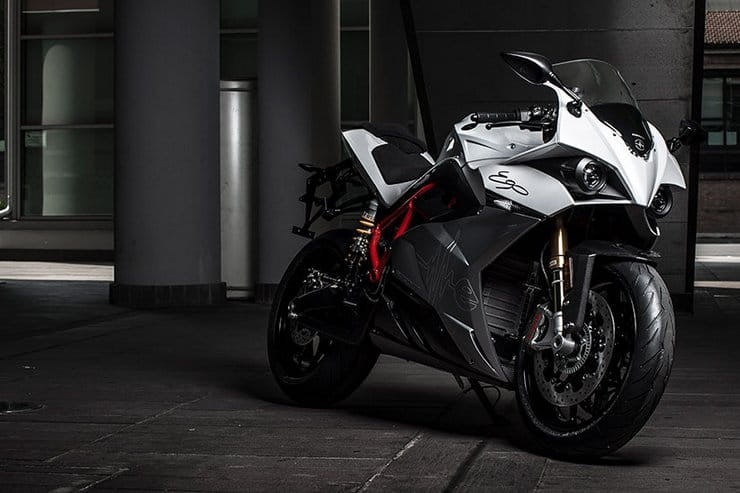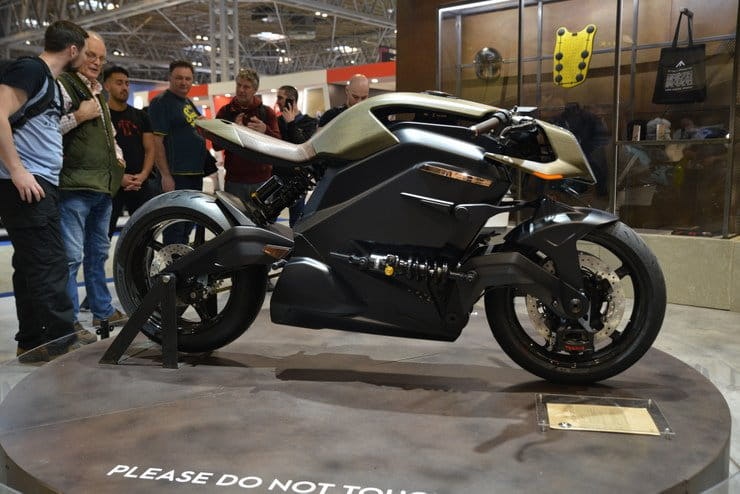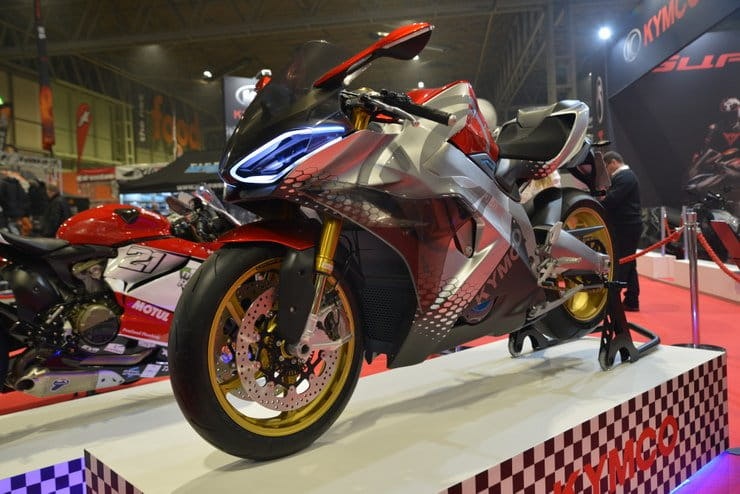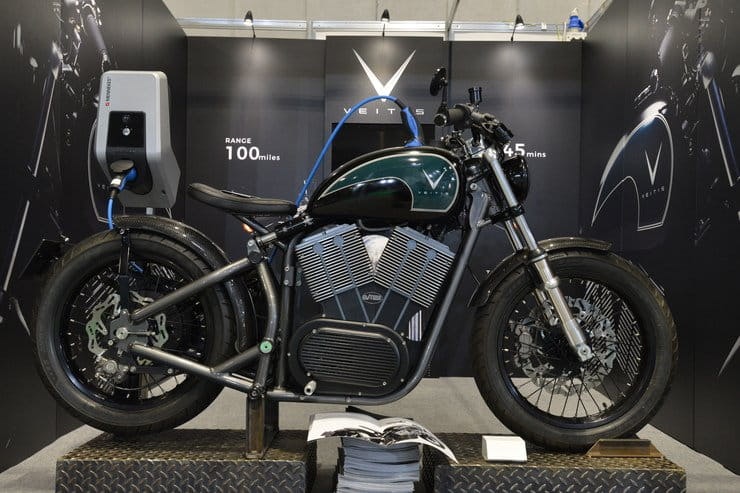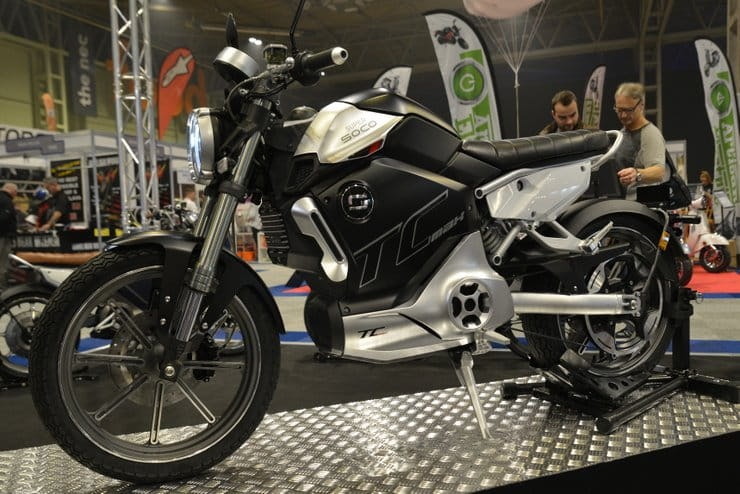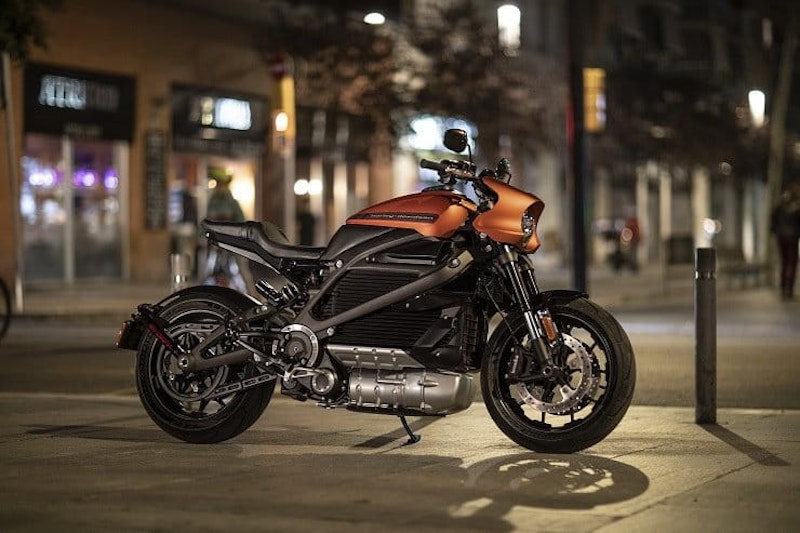Electric bikes 2019. Is the future here yet?
By Ben Purvis
Motorcycle Journalist
08.01.2019
Try imagining a world without electricity. No plug sockets. No phones. No computers. No electric lights. It would be like getting plunged into the Middle Ages and, to be honest, most of us probably couldn’t cope.
Now think of a world without petrol. It would be inconvenient, sure, but given the recent advances in electrically-powered vehicles, the idea isn’t as horrifying as it seemed just a handful of years ago. There’s a growing number of increasingly convincing electric cars on the market. Electric goods vehicles are coming in the near future and battery-powered buses are here already. Airbus is even developing an electric airliner. And, of course, electric motorcycles are starting to appear thick and fast.
In 2019, the electric bike might still be in the realm of early adopters, but that’s sure to change. A decade ago smartphones were things for geeks and show-offs; after all, who needed the internet on their phone? Now you’re probably reading this in the palm of your hand...
Electric bikes are coming. Here’s the 2019 crop:
2019 Harley-Davidson LiveWire
Harley’s LiveWire concept first appeared nearly five years ago and the production version that will reach selected dealers in 2019 keeps much the same look.
Harley revealed more technical details of the bike at the Consumer Electronics Show (CES) this week, including the facts that American buyers will be able to take delivery this autumn and that they’ll need to pay a whopping $29,799 (equivalent to £23,335) for the privilege, plus any local state sales and registration taxes. It’s normally a good rule-of-thumb that US dollar prices will translate to UK £ at a ratio of roughly 1:1 when import costs and VAT are added into the equation, which means British riders could be looking at an eye-watering £30,000 bill to ride an electric Harley. At least it shouldn’t fall under the additional 25% import tariffs that the EU slapped onto American-made motorcycles over 500cc last year in retaliation against new US duties on imported European steel.
Despite the fact that it goes on sale so soon, details of the bike’s tech are still shrouded in mystery. Harley hasn’t announced the battery’s capacity or voltage, and even details like the bike’s exact weight and dimensions are still unknown.
The information Harley has released is that the bike will do 0-60mph in 3.5 seconds and will achieve a range of 110 miles in urban use. Those are some fairly underwhelming numbers; a top-of-the-range Zero DSR ZF14.4 manages 179 miles in urban conditions, 90 miles on highways or 105 miles in combined use, with a similar 0-60mph time as the Harley, and costs £16,190. For an extra £3000 – still far less than the LiveWire will cost – it gets a larger battery and a 223 mile urban range, double the LiveWire’s maximum.
Worse news for Harley is that Zero is planning to release a completely new, top-of-the-range bike – the SR/F – in February, and promises more range, power and performance than any of its previous models.
Charging the LiveWire can be done from a standard socket, albeit at a slow rate that adds only 13 miles of range for every hour – that’s on American 110V electrics, so in 240V European sockets it could be quicker. A Level 3 DC fast charge system can also be used at a rate of 192 miles of range per hour of charge, meaning a full recharge in less than 40 minutes.
2019 Zero range
Zero’s range of electric bikes is currently without doubt the most convincing electric option that you can run out and buy right now, and in 2019 it’s better than ever.
We covered the updates in detail here but the highlights are more power for the S ZF7.2 and DS ZF7.2, which now make 44bhp instead of 31bhp. And thanks to the odd way that European authorities rate electric powered bikes, they’re classed as ‘11kW’ (that’s 15bhp) machines, meaning they’re seen as equivalent to 125cc bikes and are legal to use with L-plates. Even more impressive than the power is the torque rating – 78lb-ft is a superbike-embarrassing figure (although there’s only one gear ratio, blunting that torque’s potential somewhat).
With top speeds of around 100mph and impressively low weights – just 142kg for the S ZF7.2 and 144kg for the DS – they’re impressive machines, although their £10,000-plus price tags put a dampener on our enthusiasm a little.
The more powerful (69bhp, 108lb-ft) DSR ZF14.4 gets spec tweaks for 2019 too, with a new screen and hand guards, but not technical updates.
2019 Arc Vector
The relatively high cost of electric bikes is still one of the things that’s holding back sales, and while the new British-made Arc Vector is impressively specified it does nothing to change the impression that battery power costs a fortune.
Yes, it looks great, and the all-carbon construction means it’s relatively light at 220kg despite having a battery big enough for a 200 mile range and a motor that can take it to 120mph or more.
The problem is that it its price - £90,000 – is a bigger talking point than the rest of its technology. The firm hopes to sell 399 Vectors, but there’s some very serious conventionally-powered competition in that price bracket.
Buyers won’t only have to overcome their caution around electric power, either. The Arc also sports hub-centre steering – something that’s always proved to be a tough sell, even when it’s applied by familiar brands like Bimota or Yamaha.
On top of all that, there’s a much-talked-about ‘haptic’ feedback system built into the riding jacket that comes with the bike, and a head-up display in the helmet that’s also part of the deal.
If you have the means it’s sure to be a head-turning conversation piece for years to come, and no doubt a fabulously different riding experience, but for bikes that are going to transform the electric motorcycle market on a mainstream level we need to look elsewhere.
2019 Energica range
Energica might still be a niche brand at the moment but as the sole supplier to the 2019 MotoE racing series that will support selected MotoGP races during the year, its profile is likely to be rather higher in 12 months’ time.
When it comes to the firm’s production models, updates for the 2019 model line are fairly tame, with the introduction of a new traction control and cruise control system across the whole range, plus improved throttle control. The firm is also planning to roll-out software updates during 2019 that will be applied to existing bikes, boosting charging performance.
The new Bolid-E concept bike, revealed at November’s EICMA show, illustrates how the combination of electric bikes and smartphone integration could improve in the future thanks to a tie-up with Samsung. It also ditches conventional mirrors in favour of TFT displays, a move that could become more commonplace in future thanks to EU rule changes that will allow screens to be legally used instead of mirrors.
2019 Super SOCO TC MAX
Chinese firm Super SOCO already offers a couple of low-performance electric models here in the UK, but it’s going to raise its game in 2019 with the new TC MAX.
Although the TC MAX looks much the same as the existing TC model – an attractive naked bike with a hint of retro style – it’s technically much improved. Where the existing £2849 TC makes 3kW (4bhp) for a moped-like 28mph top speed, the TC MAX is reckoned to be good for 62mph.
Unlike the TC and the more modern-styled TS models, which use hub-mounted electric motors, the TC MAX has its motor fitted into the chassis, driving the rear wheel via a toothed belt. That’ll cut unsprung mass, improving performance and handling, and while its power is rated at a tame-sounding 5kW (6.7bhp), there’s 125lb-ft of torque reaching the rear wheel. Range is reckoned to be around 68 miles.
Like the existing models, the TC MAX benefits from a removable battery pack that lets you charge indoors even if the bike is kept on the street. In mainland Europe, it’s expected to cost $4499 (£4000), but that price could be lower in the UK once the Government’s EV grant is applied.
Super SOCO will also be launching its first electric scooter in 2019, the CU-X, with a 3.6bhp motor, removable battery and 45 mile range. Incredibly, it weighs a mere 70kg.
Kymco SuperNEX
Kymco’s SuperNEX isn’t a bike you’re likely to be able to actually buy in 2019. You might never be able to buy it, as at the moment it’s just a concept, but it shows the direction the firm is going.
As far as electric sports bikes are concerned, it’s an impressive beast, with a claimed 0-60mph of 2.9 seconds and a top speed of over 155mph, which it can reach in just 10.9 seconds.
It combines its electric motor with a six speed transmission, which is a slightly unusual way of doing things. Kymco says the move is to ensure the bike still appeals to conventional riders, considering shifting gears to be an essential part of the riding experience.
Sound, another key element missing from most electric bikes, is also addressed with a system that recreates the noise of a conventional bike, helping you know when to change gears.
While Kymco released performance figures, there’s no actual sign that the concept is a real runner, and no word on the specs of the motor or battery. Nice though the SuperNEX concept is, it might not lead to any real-world Kymco electric superbike.
2019 Veitis eV-Twin
While mass manufacturers might be slow off the mark when it comes to electric bikes there’s no shortage of start-ups finding new niches in this fledgling market.
One such company is British firm Veitis, which recently revealed its eV-Twin, a £40,000 electric bobber with its electronics packaged into an alloy case that resembles a conventional V-twin engine.
With a 6kW (8bhp) continuous rating and a peak power of 16kW (21bhp), it’s not a high-performance machine but the firm still reckons it’s good for 75mph.
The fact that the bike was launched at the Monaco Yacht Show in September probably tells you all you need to know about its target market. In fact, the idea is that it’s easier to transport an electric bike on a yacht, since conventional bikes need to have their fuel tanks drained when carried on board.
Those that mingle in the yacht-owning circles and have £40k at hand for a Veitis can have one built to order in three months.
2019 Curtiss Zeus
Another expensive ($60,000/£47,000) electric option on the market in 2019 is the Zeus from American firm Curtiss, which is the evolution of the old Confederate firm.
While deposits are being taken now, the company isn’t actually going to deliver bikes until early 2020, but they might be worth the wait. Specs include a claimed 190bhp and 145lb-ft of torque, plus a 280 mile range. Those are numbers that no other electric bike on sale can match, and while the bike looks unreal, running prototypes have already been made and the styling is very much in line with the petrol-powered bikes that Confederate use to sell to the well-heeled.
Later in 2020, an even more exotic machine, the $90,000 (£70,000) Curtiss Hera is planned…
Share on social media:
